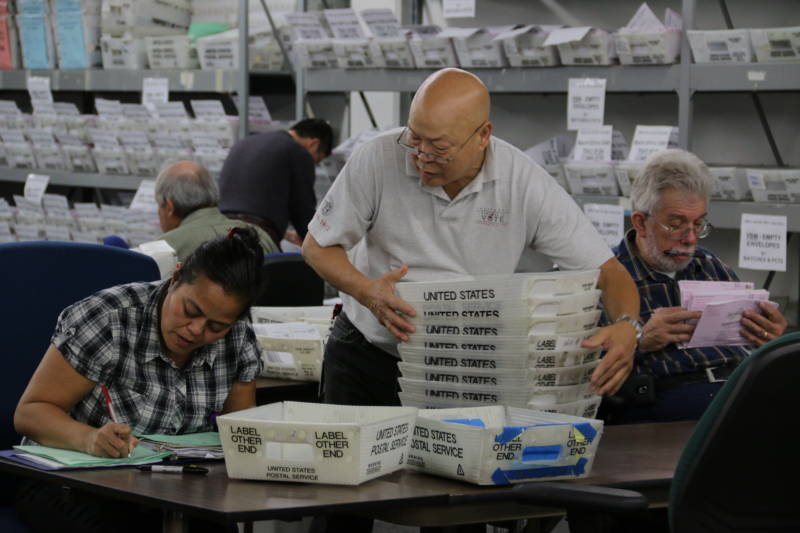After months of waiting, Californians finally get to vote in the presidential primary, nominate state candidates and decide many local measures and races. But with so many options on how to vote, and changes in voting rules, casting a ballot can seem difficult. Here's everything you need to know on Tuesday.
Find Your Polling Place
If You Still Have Your Vote-by-Mail Ballot
If you saved that vote-by-mail ballot until Election Day, you're not alone. The majority of Californians who vote-by-mail wait until the last moment to cast their ballot. For instance, in 2014, Alameda County only received 5 percent of vote-by-mail ballots before Election Day. So many people waited that we changed state law. Now, election officials will count vote-by-mail ballots as long as they are postmarked by Election Day.
Bottom line: 1) You can still mail it in! Just mail it out on Tuesday, or 2) You can take the ballot to your polling place, surrender it, and ask for a new ballot.
If You Never Received Your Vote-by-Mail Ballot
If your vote-by-mail ballot never arrived, or you lost it, you can still vote provisionally. Just go to your polling place and ask for a provisional ballot.
